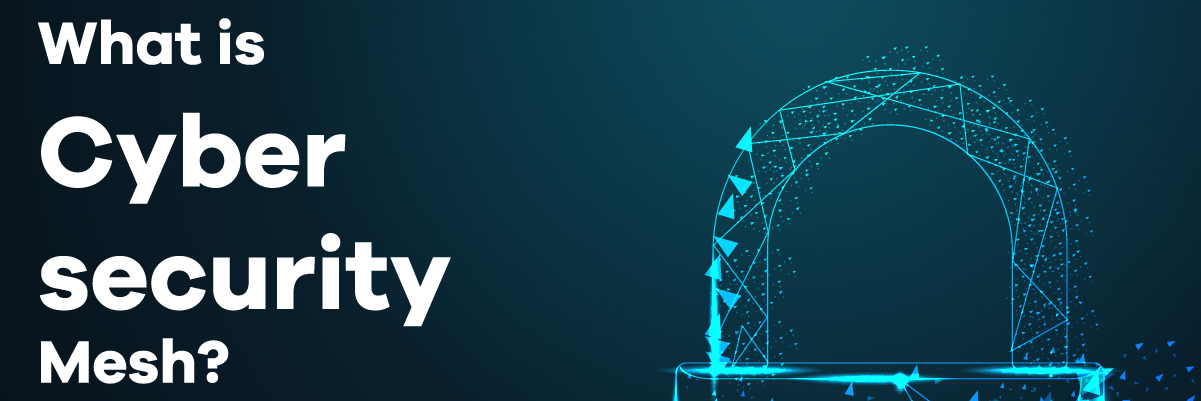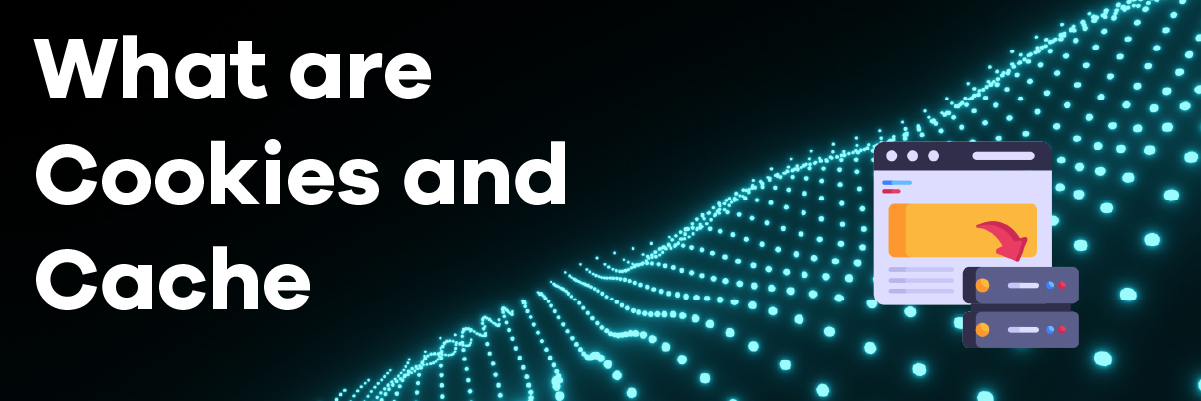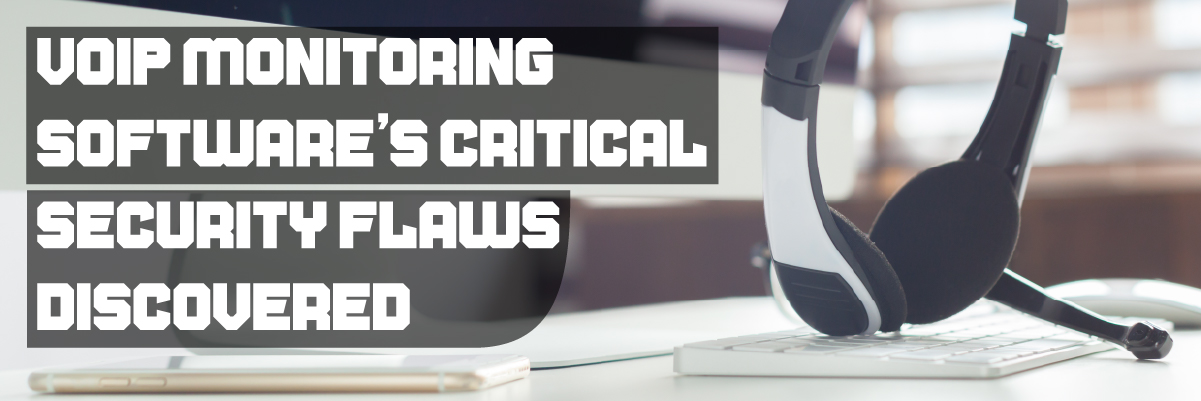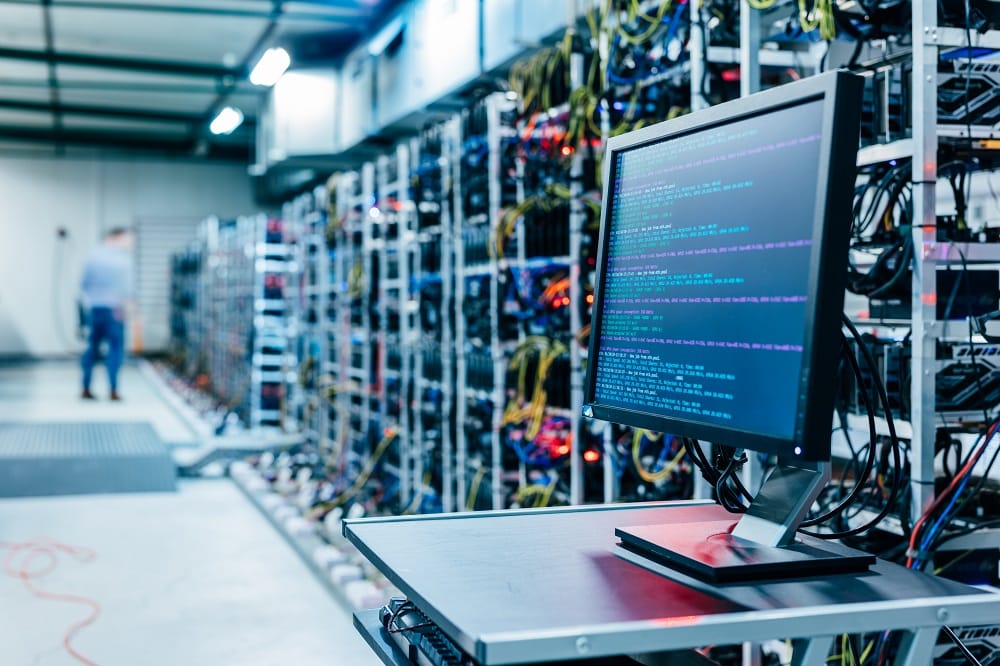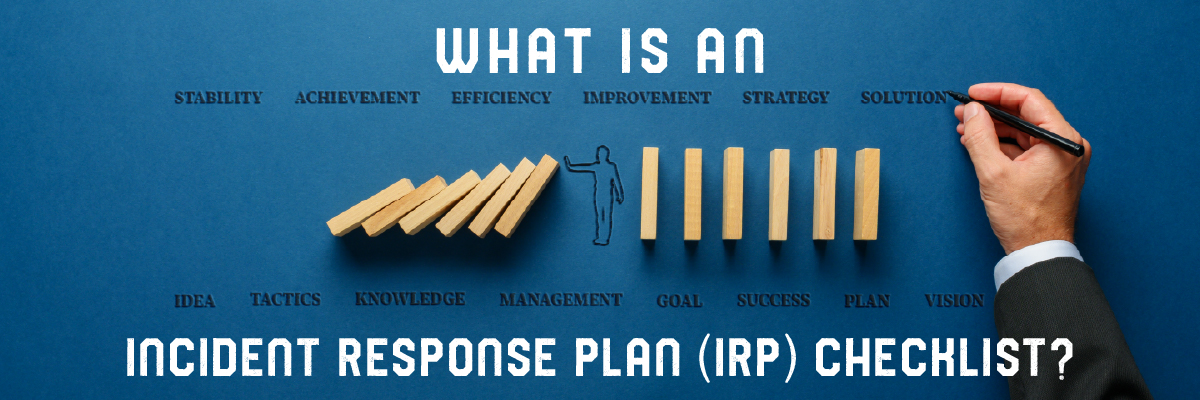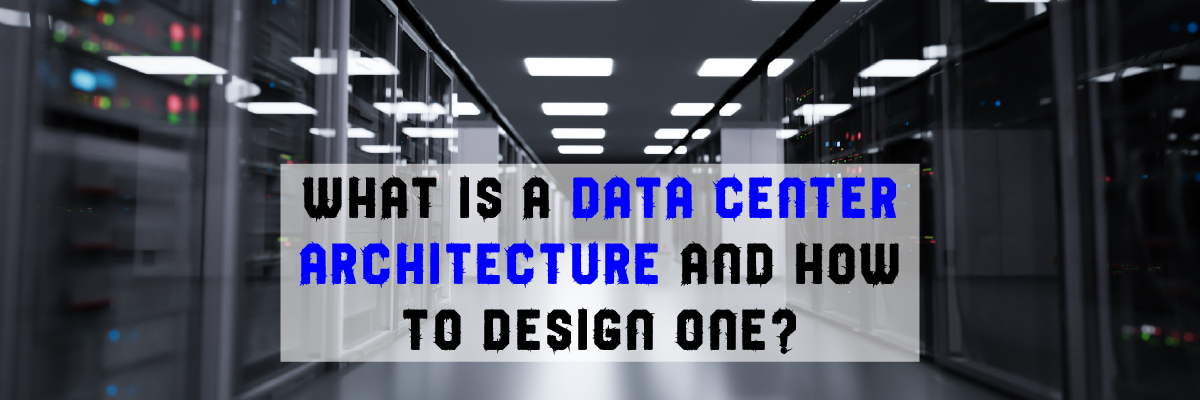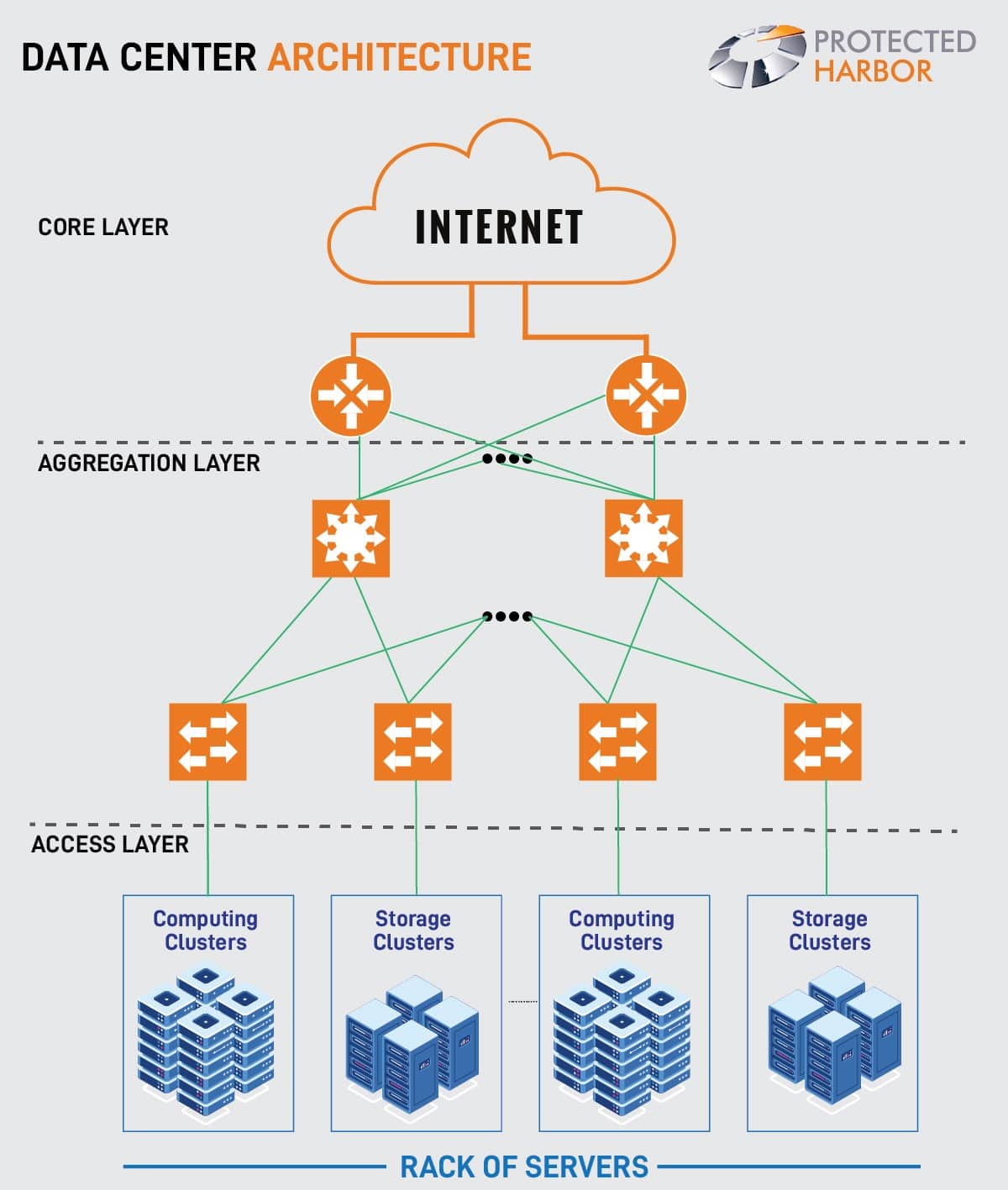What is Cybersecurity Mesh?
What is Cybersecurity Mesh?
Have you come across the term “cybersecurity mesh”? Some consider it one of the most important trends in cloud security and other cyber concerns today.
One of the newest cybersecurity buzzwords is cybersecurity mesh, one of Gartner’s top strategic technology trends for 2022 and beyond. Cybersecurity mesh, as a concept, is a new approach to a security architecture that allows scattered companies to deploy and expand protection where it’s most needed, allowing for higher scalability, flexibility, and reliable cybersecurity control. The growing number of cybersecurity threats inspires new security solutions, such as cybersecurity mesh, which is one such modern innovation. The security mesh enables fundamental distributed policy enforcement and provides easy-to-use composable tools that may be plugged into the mesh from any location.
- Organizations that use a cybersecurity mesh architecture will see a 90 percent reduction in the cost impact of security incidents by 2024, according to Gartner.
Understanding Cybersecurity Mesh
Cybersecurity mesh is a cyber defense approach that uses firewalls and network protection solutions to secure each device with its boundary. Many security approaches guarantee a whole IT environment with a single perimeter, while a cybersecurity mesh takes a more holistic approach.
“Location independence” and “Anywhere operations” will be a crucial trend in the aftermath of the Covid-19 epidemic. This trend will continue as more and more organizations realize that remote working is more viable and cost-effective. Because firms’ assets are outside the traditional security perimeter, their security strategies must develop to meet modern requirements. The notion of cybersecurity mesh is based on a distributed approach to network and infrastructure security that allows the security perimeter to be defined around the identities of people and machines on the web. This security design creates smaller and more individual circumferences around each access point.
Companies can use cybersecurity mesh to ensure that each access point’s security is handled correctly from a single point of authority, allowing for centralized security rules and dispersed enforcement. Such a strategy is ideal for businesses that operate from “anywhere.” This also means that cybersecurity mesh is a component of a Zero Trust security strategy. With tight identity verification and authorization, humans and machines may safely access devices, services, data, and applications anywhere.
What Are The Benefits of Cybersecurity Mesh
It is recommended that organizations handle decentralized identity, access management, IAM professional services, and identity proofing when addressing their most critical IT security and risk priorities. The following are some of the ways that cybersecurity mesh can be beneficial:
Cybersecurity mesh will support over 50 percent of IAM requests: Traditional security strategies are complicated because most digital assets, identities, and devices are outside the company today. Gartner expects that cybersecurity mesh will handle the bulk of IAM requests and provide a more precise, mobile, and adaptable unified access management paradigm for IAM demands. Compared to traditional security perimeter protection, the mesh architecture provides organizations with a more integrated, scalable, flexible, and dependable solution to digital asset access points and control.
Delivering IAM services will make managed security service providers (MSSPs) more prominent: MSSP organizations can provide businesses with the resources and skillsets to plan, develop, purchase, and deploy comprehensive IAM solutions. By 2023, MSSPs that focus on delivering best-of-breed solutions with an integrated strategy will drive 40% of IAM application convergence; this process will move the emphasis from product suppliers to service partners.
The workforce identity life cycle will include tools for identity verification: Because of the significant growth in distant interactions, which makes it harder to distinguish between attackers and legitimate users, more robust enrollment and recovery methods are urgently needed. According to Gartner, 30 percent of big companies will use new identity-proofing systems by 2024 to address typical flaws in worker identification life cycle processes.
Standards for decentralized identity emerge: Privacy, assurance, and pseudonymity are hampered by centralized ways to maintain identification data. According to the mesh model’s decentralized approach, blockchain technology protects anonymity and allows individuals to confirm information requests by providing the requestor with the least required information. Gartner estimates that by 2024, the market will have a genuinely global, portable, decentralized identity standard to address business, personal, social, societal, and identity-invisible use cases.
Demographic bias will be minimized in identity proofing: Document-centric approaches to identity proofing have piqued the interest of many businesses. The rise of remote work in 2020 highlighted how bias based on race, gender, and other traits could manifest themselves in online use cases. As a result, by 2022, 95% of businesses will demand that identity-proofing companies demonstrate that they minimize demographic bias.
How to Implement Cybersecurity Mesh
The future of cybersecurity mesh appears to be promising. For example, Gartner estimated in October 2021 that this design would help minimize the cost impact of security events by 90% on average over the next five years. By 2025, Gartner expects it to serve more than half of all identification and access requests.
Mesh can therefore make a difference. How can you make the most of it? One method is to develop a roadmap for integrating cloud security and other technologies. This single, integrated solution can maintain zero trust and other critical defensive measures. It will be easier to create and enforce policies if this is done. It will also be accessible for security personnel to keep track of their assets.
Furthermore, IT teams can enhance this work by ensuring that basic protections are in place. Besides multi-factor authentication, Protected Harbor recommended data loss prevention, identity administration and management, SIEM, and more.
Conclusion
In the following years, the concept of cybersecurity mesh will be a significant trend, and it will provide some critical security benefits that standard cybersecurity techniques do not. As more businesses begin to digitize their assets and migrate to cloud computing environments, they recognize the need to protect sensitive data. Beyond the existing physical limits, the cybersecurity mesh will provide better, more flexible, and scalable protection to secure their digital transformation investments.
Protect your critical data assets, talk to Protected Harbor’s cybersecurity specialists about the notion of cybersecurity mesh and other advanced security solutions like remote monitoring, geoblocking, protected data centers, and much more.



